As awareness of the climate crisis and environmental issues grows, consumers warm to living more sustainable lifestyles
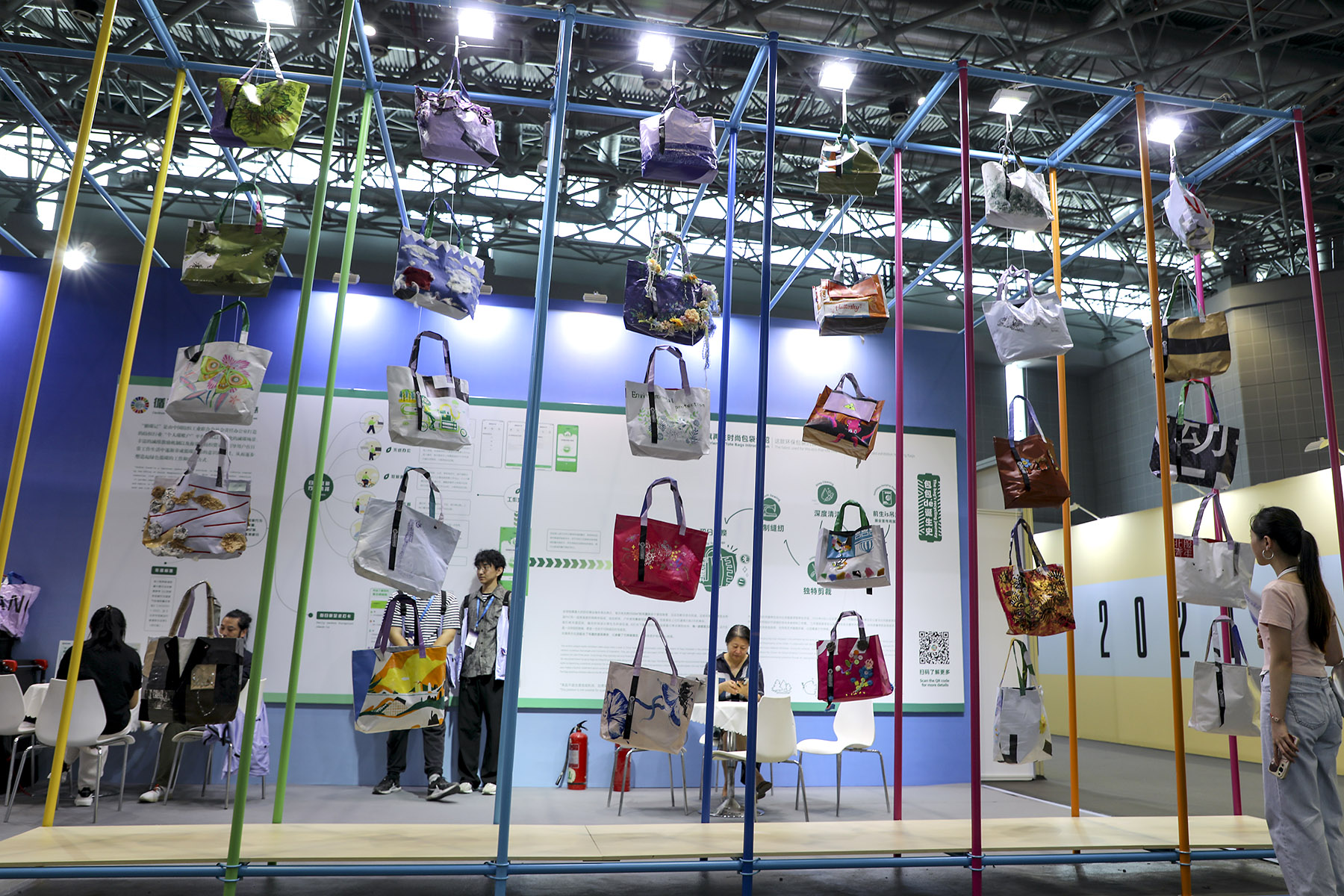
Editor's note: China Daily is publishing a series illustrating the country's efforts to achieve its carbon peak and carbon neutrality goals.
While China might be well known for its popular fast fashion industry, a growing number of younger, sustainability-conscious consumers are shifting toward greener lifestyles, raising awareness of the impact that their daily choices have on the environment.
The fashion industry is one of the world's major polluters, potentially emitting around 2.7 billion metric tons of carbon dioxide annually, according to global management consultancy McKinsey & Company.
In recent years, a collection of sustainable fashion brands have emerged, including those in China, outputting clothing made from recycled materials, made using more eco-friendly manufacturing and promoting a sustainable message.
READ MORE: Booming recycling market benefits environment
According to GlobalData, China's green fashion market was valued at $1.95 billion in 2023, and is forecast to grow at a compound annual rate of nine percent from 2023 to 2028.
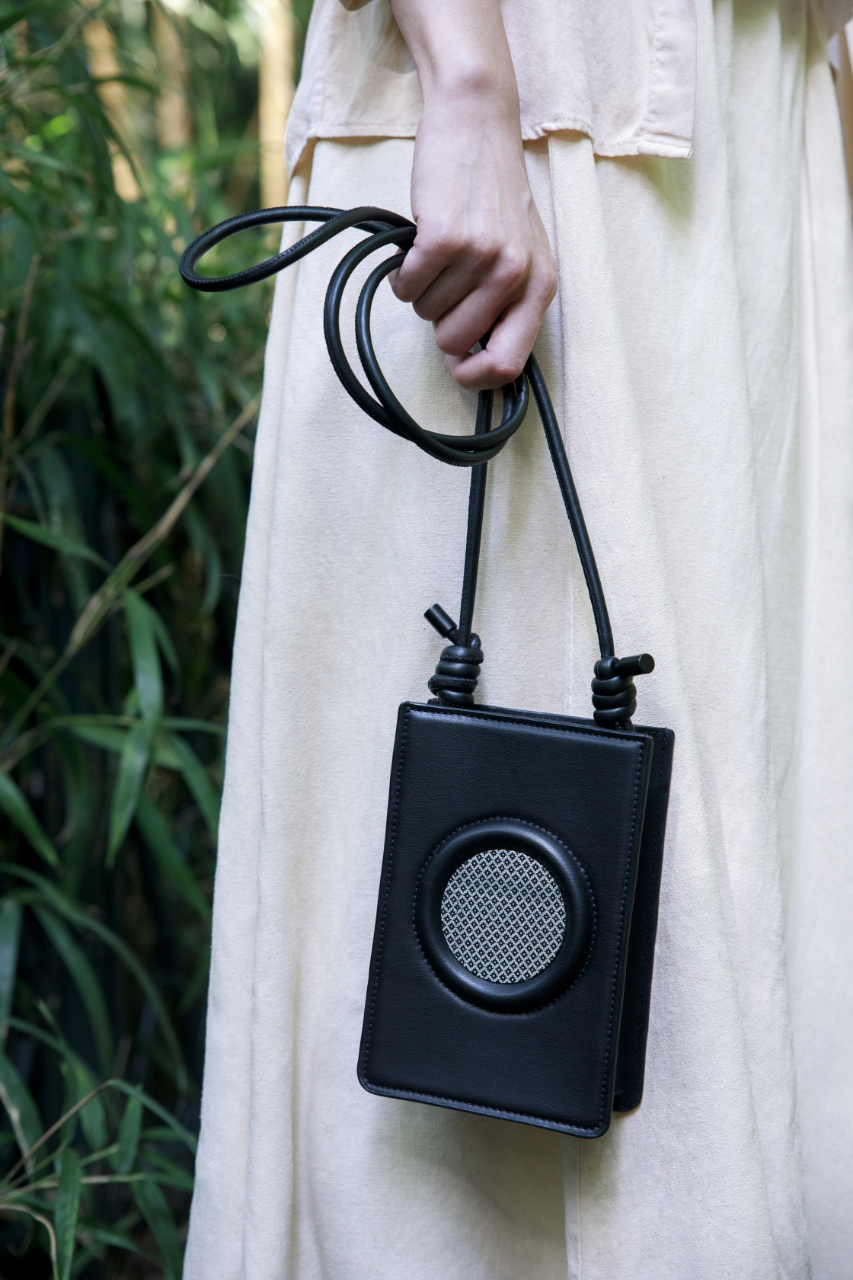
Landfill to lifestyle
Founded in 2019, Beijing-based Bottloop is a fashion brand that designs and sells apparel, bags and office supplies made from recycled plastic bottles and wastepaper. Prior to its establishment, its founder Liu Xuesong had been responsible for procuring waste plastics at Incom Recycle, the parent company of Bottloop.
"The company would purchase discarded plastic bottles and turn them into food-grade recycled PET (polyethylene terephthalate) flakes, which can be transformed into new beverage bottles. The factory's annual production capacity then was 50,000 tons, equivalent to one-third of the annual consumption of beverage bottles in Beijing, which meant that almost 3 million plastic bottles were needed every day," she recalled.
During her first two or three years at Incom Recycle, Liu visited over 100 waste disposal sites in Beijing, Tianjin, Shandong, Hebei and Henan provinces and the Inner Mongolia autonomous region, and saw that in some places wastewater was being disposed of untreated causing serious pollution.
This prompted her to establish her own brand with a vision of improving the recycling industry, increasing added value, making it more youthful, and ensuring participants in the industry have steady income.
Liu said that the brand's Chinese name, Baopu Zaisheng, means embracing simplicity to regenerate, and was inspired by the ancient classic Tao Te Ching by Chinese philosopher Lao Tzu. The text embodies the concept of returning to a simple, frugal lifestyle, with an emphasis on recycling and reusing resources.
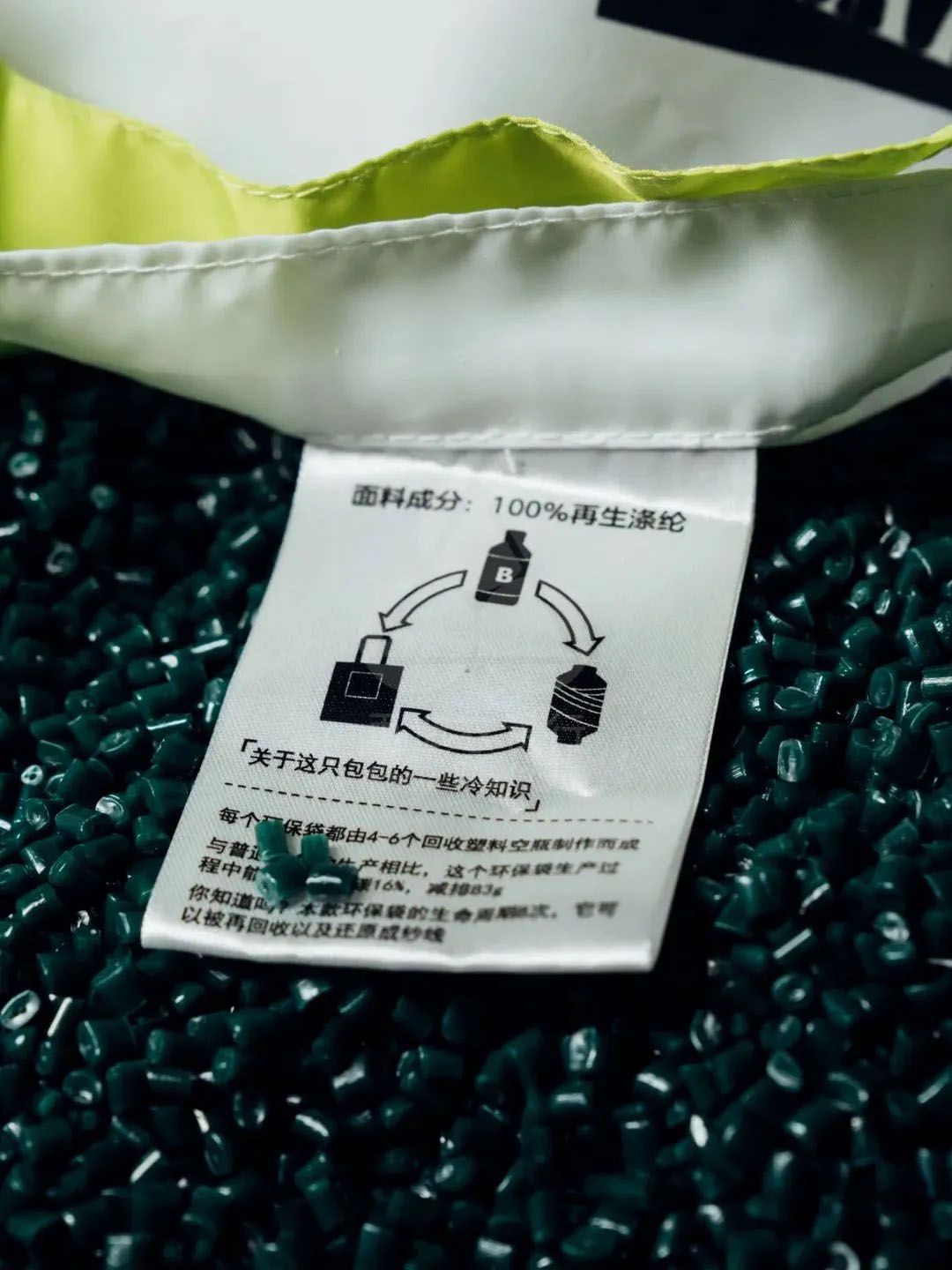
Bottloop draws inspiration from rich traditional Chinese culture, from philosophies of respecting nature and avoiding waste, said Liu, adding the brand also uses advanced technology to improve the quality of recycled materials.
The brand uses blockchain to track the entire process from recycling discarded plastic bottles, cleaning and processing, to producing the final products, the founder said.
This sustainable approach has attracted some big consumer names to cooperate with the brand, including Starbucks, Shiseido, Pepsi and BMW.
"We recycle plastic bottles and coffee cups to make aprons for baristas at Starbucks, and help the company calculate the carbon emissions reduced from these products. We also collaborate with beauty salons to recycle makeup packaging and hair products, and turn them into bags and combs to achieve internal recycling," Liu told China Daily.
She said a T-shirt can be made from eight PET bottles, a silk-feel scarf from three bottles and a tote bag from 31 plastic bottles. As of the end of 2023, the company had recycled 25.6 million plastic bottles and reduced carbon emissions by 2,384 tons, Liu added.
"Sustainability is definitely not about preaching or moral coercion, but about passing on the ideas of aesthetics and recycling for good. We must spare no efforts to make each eco-friendly product more beautiful and story-rich, in order to stimulate more people to adopt a sustainable lifestyle," Liu said.
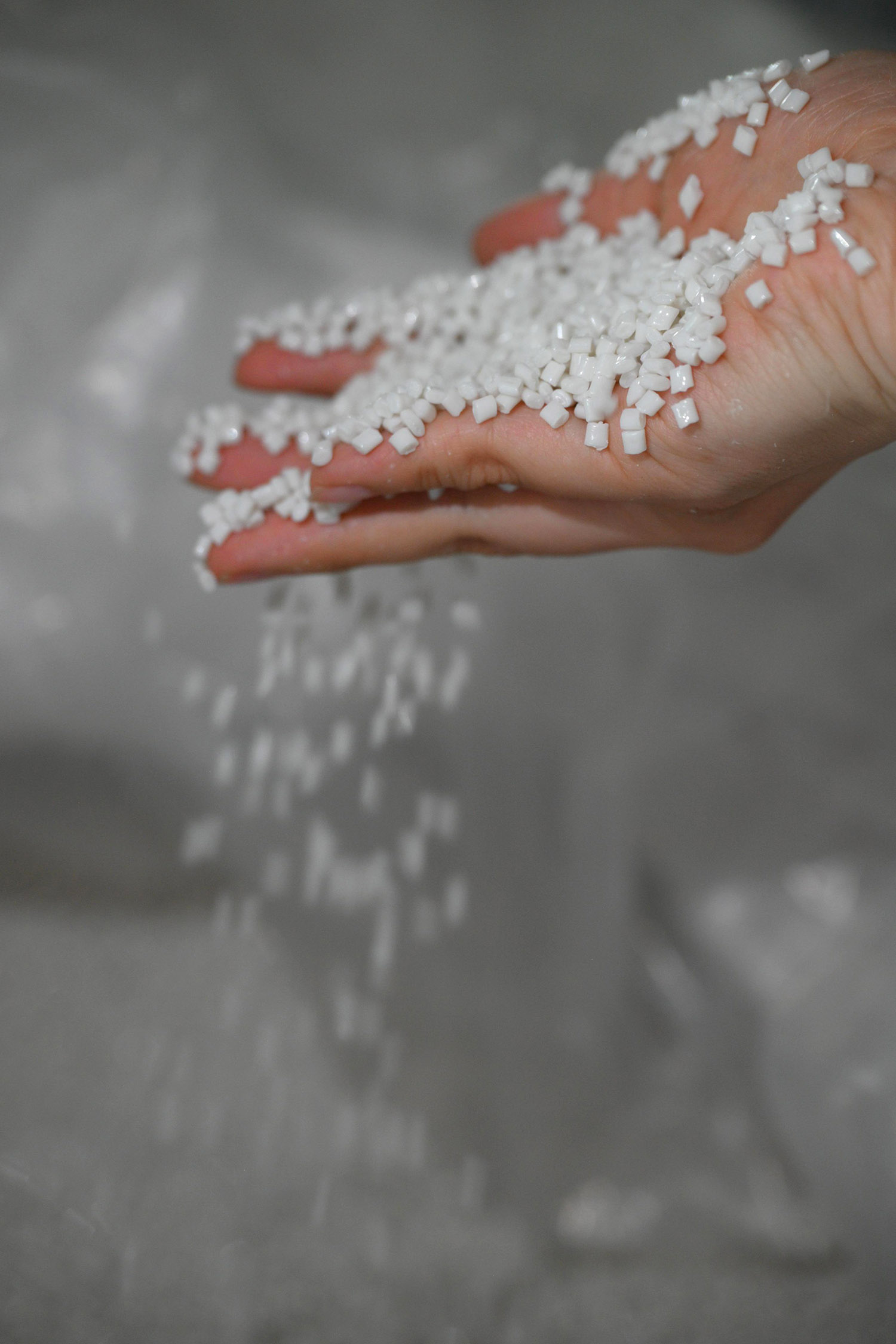
Diversified materials
Zhang Na, who founded Shanghai-based Reclothing Bank in 2011, dislikes throwing things away.
"To me, every garment resembles a museum for the good old days and memories of the past, and by giving new life to old clothes, I want to connect the past, present and future and soothe people," said Zhang, who makes new clothes out of the so-called outdated ones that have been thrown away.
When Reclothing Bank was in its initial stages, it primarily collected worn clothes and handcrafted them into various pieces of patchwork with the help of migrant workers, she said.
To scale up production, Zhang developed a generic design, which meant that fabrics of different colors and styles could be used to produce similar products using a fixed template.
Years later, Reclothing Bank started to use technologies to recycle other materials such as "ghost" fishing nets.
At recycling bases on Zhoushan Islands off the coast of Zhejiang province, migrant workers are hired to disentangle shrimps and crabs caught in these discarded nets.
After being picked from the sea, the fishing nets are remade into recycled nylon fabric by crushing, slicing and spinning them up. The resultant fabric is resistant to abrasion, shrinking, heat, oil and chemicals. It can be used to make durable and brightly colored bags and garments, according to Zhang.
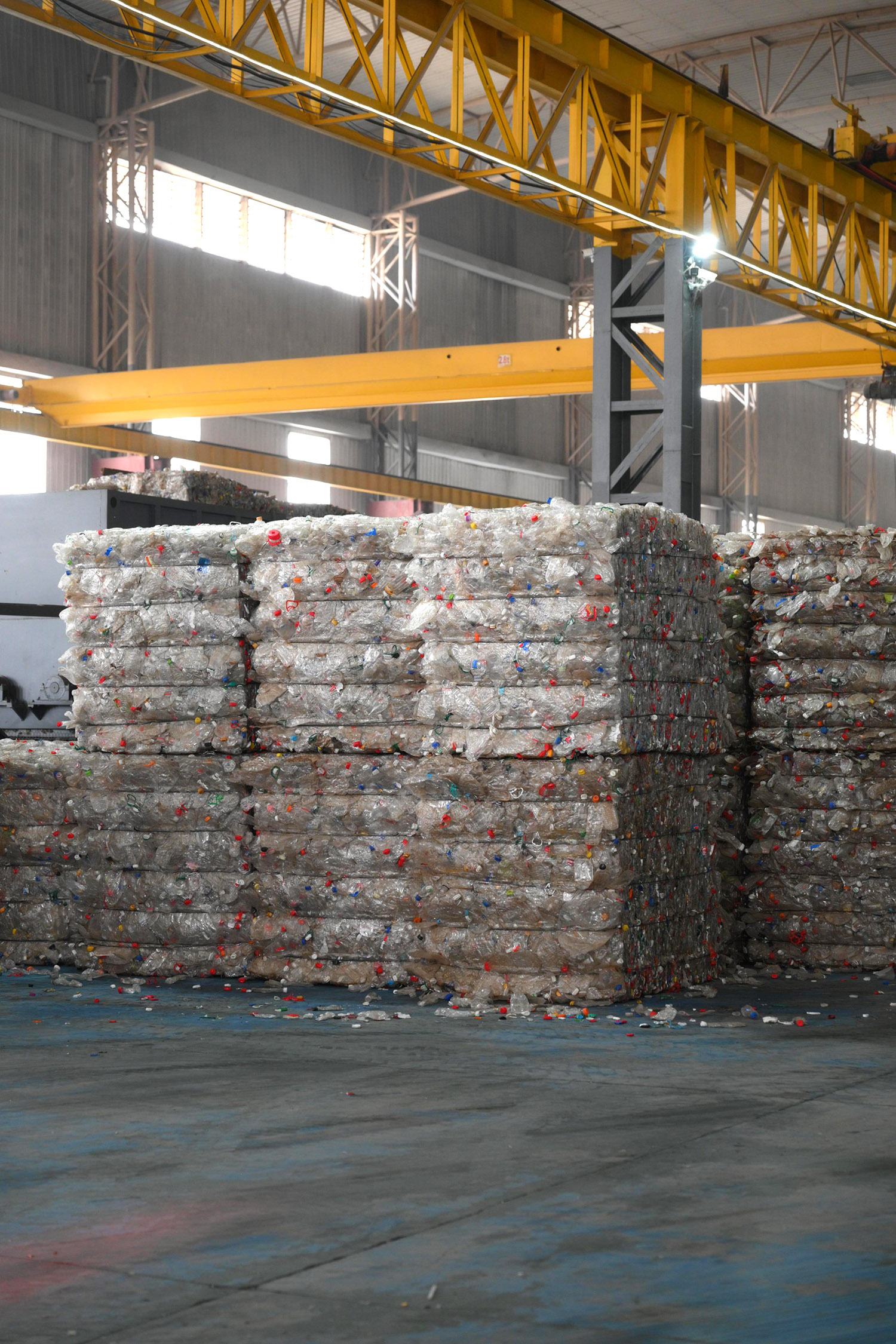
Producing 100 tons of this recycled nylon is equivalent to saving 700 barrels of oil and reducing 571 tons of carbon dioxide emissions, the founder said.
"This has not only improved the economic situation for locals, but has also given them a feeling of achievement after learning that they have contributed to protecting the planet," she added.
There is a badge attached to every piece of apparel made by Reclothing Bank, which shows how much carbon emissions have been reduced by using recycled fabrics to make the piece. It also shows the number of trees needed to be planted equivalent to the amount of carbon emissions reduced.
Reclothing Bank doesn't just use reusable and recyclable materials in its products, but natural fibers too.
The company has started using yak wool obtained at an altitude of around 2,500 meters on the Tibetan plateau.
"It takes about three months and nine processes for herdsmen to create the fabric using ancient hand-twisting techniques," Zhang said.
Yak wool is sometimes referred to as the "soft gold of the highland", as a coat made of it weighs only 1 kilogram and yet is warmer than a down jacket. Producing yak wool provides herders with additional income.
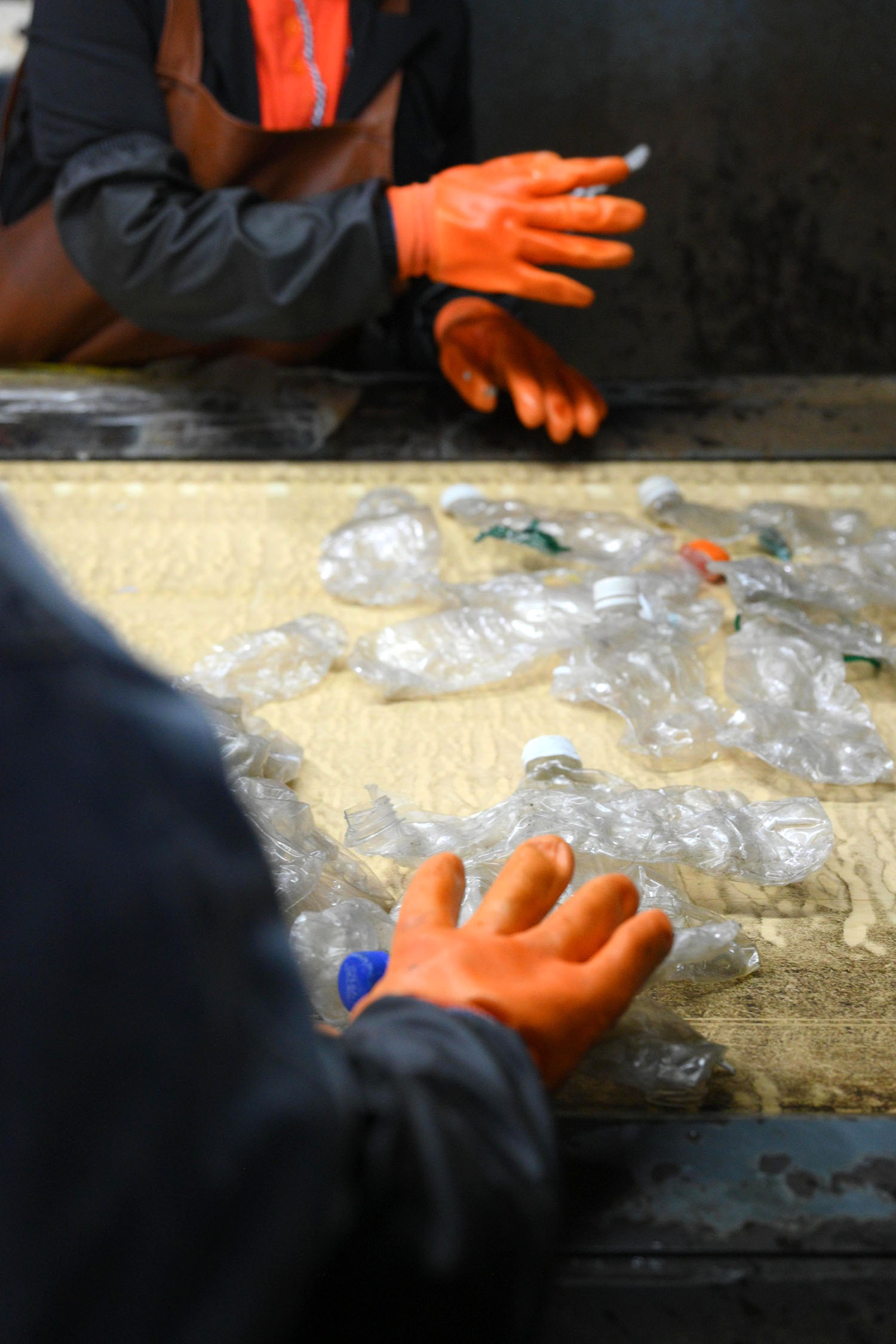
Reclothing Bank's yak wool coats are dyed with natural minerals such as turquoise and malachite through an environmentally friendly waterless process, resulting in vibrant, fade-resistant colors.
She and her team also transform biobased materials, including pineapple skin and leaves, corn stalks and fungi fiber, into a leather-like polylactic acid fabric through cutting-edge technologies. The resultant material is 100 percent biodegradable, reducing carbon emissions by 90 percent.
"Every part of a pineapple is valuable. The fibers from three pineapple leaves are so strong that they can pull a car," said Zhang.
At Milan Fashion Week in September last year, Reclothing Bank unveiled an "edible" coat made from fungi. Made from mycelium filaments grown from a fungus root, the coat is indistinguishable in look and feel from traditional leather.
"Because the mushroom material is composed of protein, it emits a pleasant scent during the heating and shaping process, just like that of an omelet," Zhang said.
"The key to such innovative design lies in passion. Without it, the results may be lackluster. Our goal is to create sustainable products that stand out from the typical 99 percent in your wardrobe; we aspire to be part of that exceptional one percent," she said.
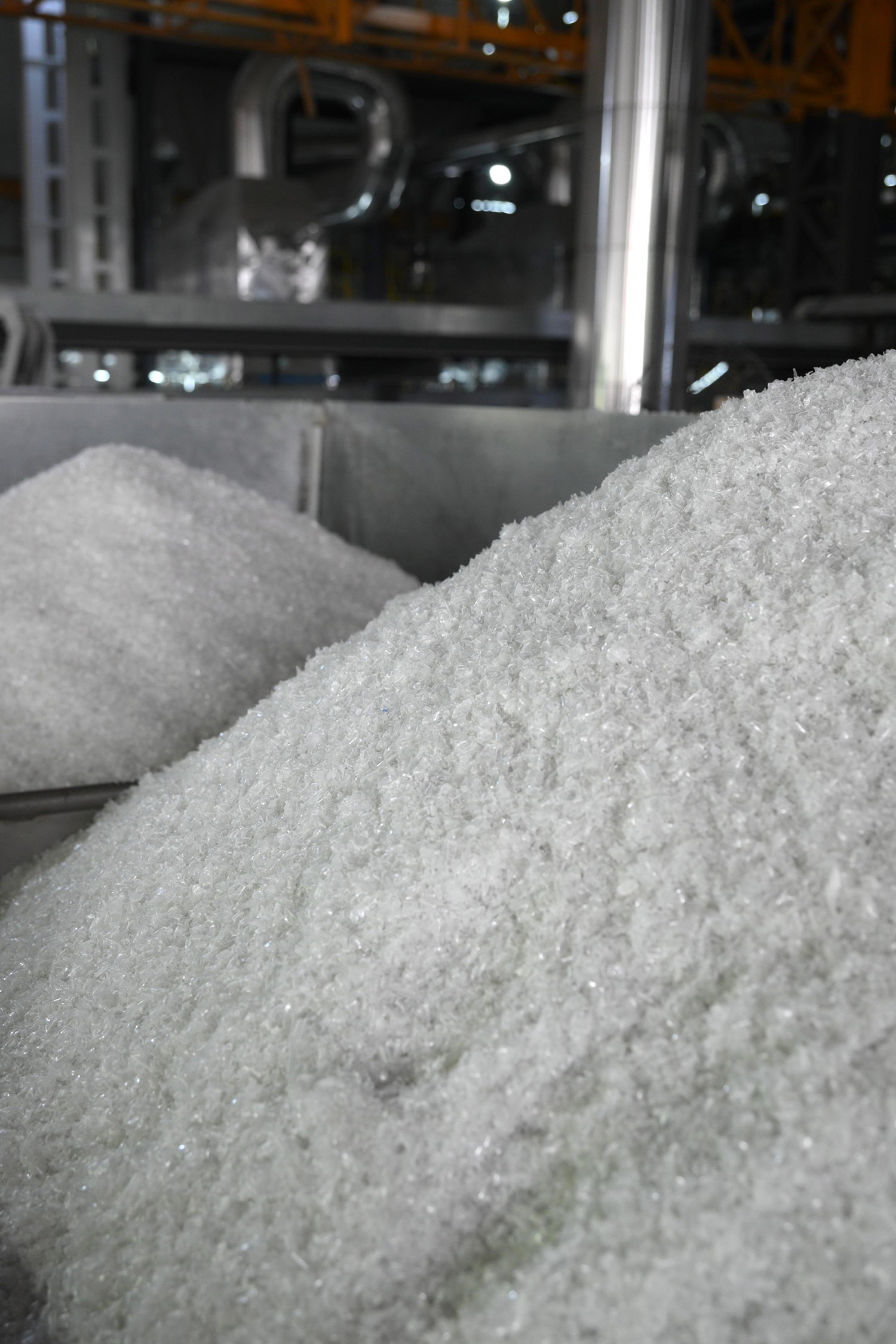
Shift in mindset
Supa, who co-founded Shanghai-based sustainable fashion brand HowBottle, said there has been a noticeable shift in consumer attitude toward clothes made from recycled materials.
"When HowBottle was established in 2016, we were excited about the idea that plastic bottles could be regenerated into polyester thread. However, few people knew this technology then," she said.
"At that time, many consumers didn't have a good understanding and awareness of environmental protection, and when we said that our products were made from recycled plastic bottles, the first thing they would ask was whether they were clean and safe," said Supa.
The recycled fabric feels the same as regular fabrics, and it's soft, durable and comfortable to wear. Compared with conventional polyester made from petroleum, recycled polyester can save about 45 percent of water and 40 percent of natural gas, and reduce carbon emissions by about 42 percent.
Things were not easy for Supa at first, but she noticed a change in public perception in 2019, when Shanghai's mandatory waste sorting policy came into effect.
"Suddenly, everyone was very curious about where the garbage would go after classification, and they discovered that plastic bottles could be made into clothes and bags. As a result, our sales started booming," she said.
"Nowadays, many of our customers are aware of technology. They want to dig deeper into where the plastic bottles come from, what the recycling process is like, and are even curious about the latest bio-based recycling technologies," she added.
HowBottle sells its products online and offline, with the main consumer groups including university students and young workers at around 25 years old, and mothers around 35 years old who want to cultivate awareness of sustainability in their children, Supa said.
"What our customers buy are not only the products, but also the concept behind them. They think what they wear should reflect their values."
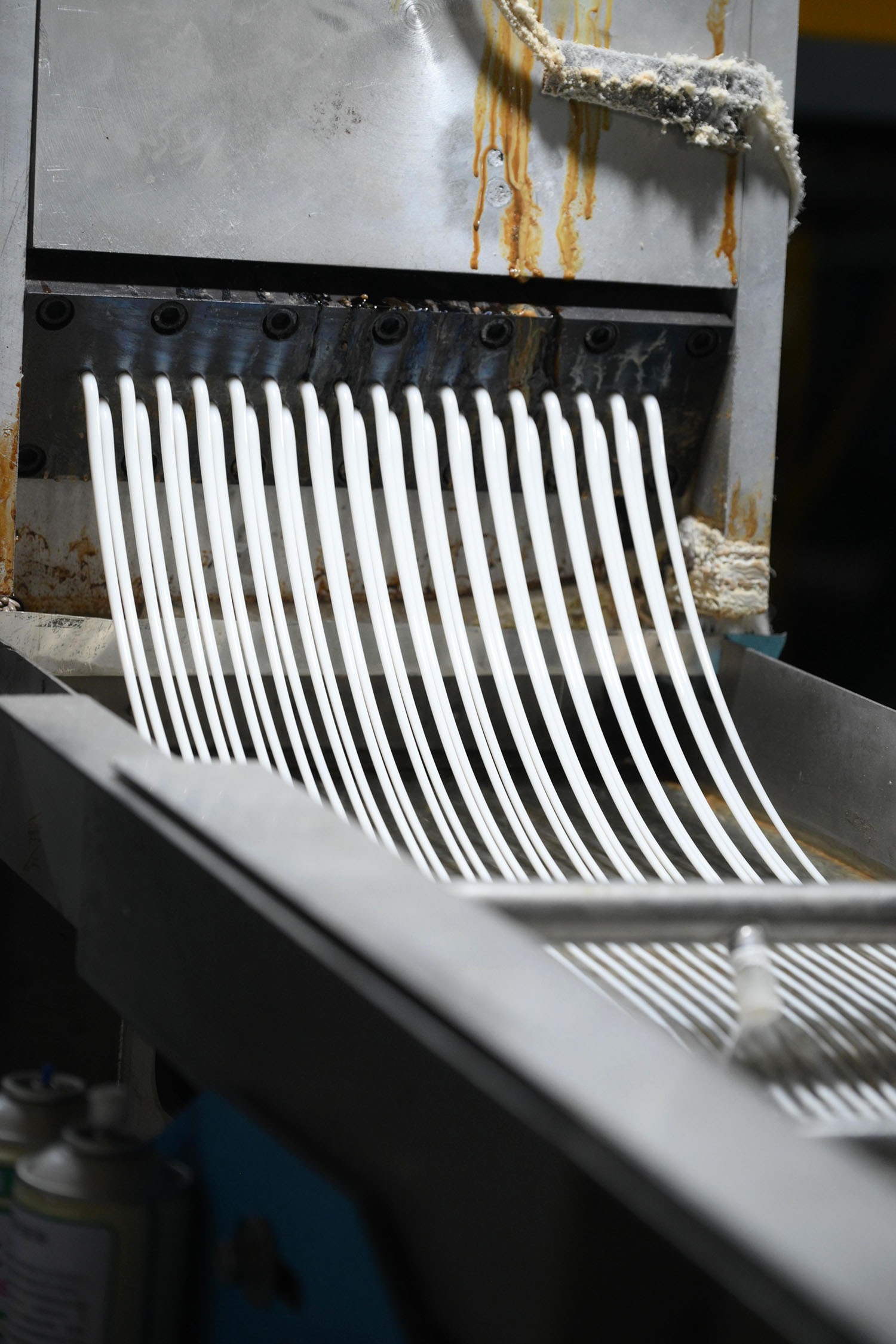
HowBottle has partnered with the Palace Museum to release a series of cultural and creative products, including leather-like bracelets that are made from recycled fallen leaves and branches.
At Bottloop, it has also incorporated recycling technology with traditional craftsmanship. The company invited Zhao Sijin, an inheritor of the intangible cultural heritage of Daoming bamboo weaving, to weave environmentally friendly bags using traditional weaving skills.
Liu from Bottloop said: "Zhao has been weaving baskets with bamboo all his life, so we thought he may not accept materials other than bamboo. However, to our surprise, he was very happy to make plastic bags after learning that recycled plastic strips are conducive to sustainable consumption."
Public awareness and a willingness to participate in low-carbon consumption are on the rise. According to the 2024 Sustainable Consumption Report by consultancy SynTao Co and Shanghai-based Jiemian News, over 87 percent of the respondents in China had engaged in low-carbon consumption.
ALSO READ: Going green steals show for fashion industry
It said almost a quarter of consumers are willing to buy sustainable sports and outdoor equipment, clothing, shoes and bags.
Aesthetic design and utility are key to gaining consumer favor, according to Supa. "I firmly believe that it's not that people don't care about our environment, but rather that there are not enough choices provided. A product needs to be attractive, useful, well-designed, and the concept behind it appealing."
Sai Hang, 31, who works at a university in Shanghai, recently bought a camera bag made from recycled materials. He said: "If a product boasts its sustainability, then it's lifted to another level. Between two products that are both reasonably priced, good-looking and of good quality, I would consider purchasing the recycled product."
Xu Nuo contributed to this story.


